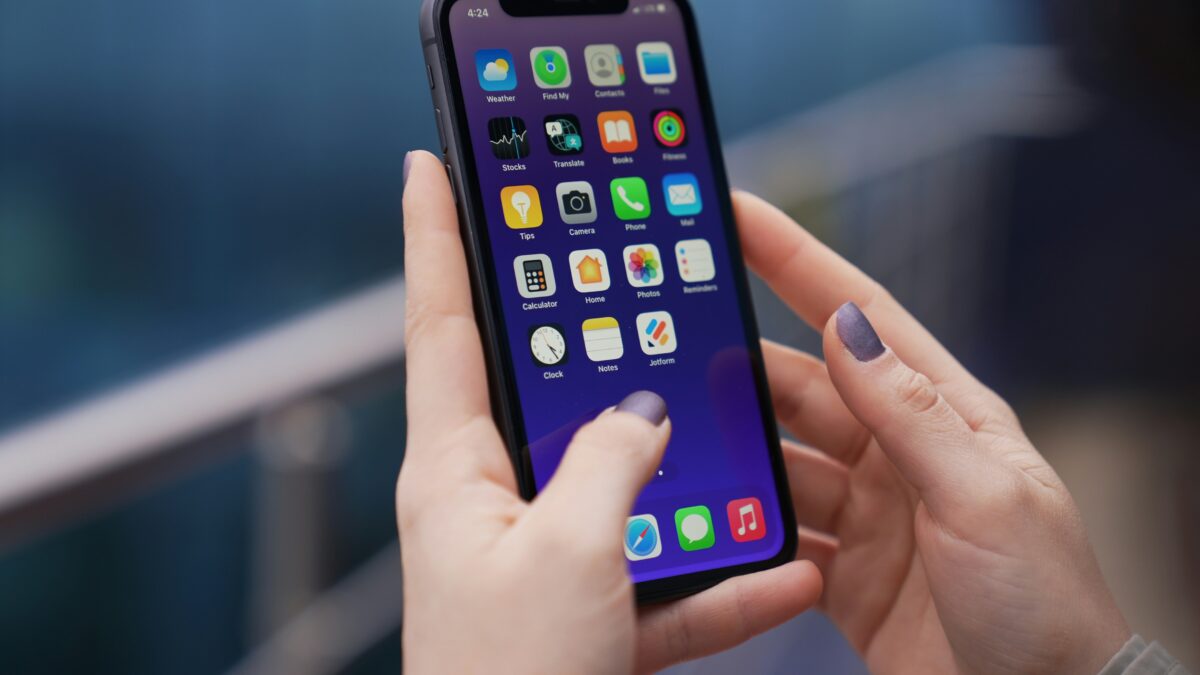
Achieving Optimal Mental Well-being: Why Prioritizing Mental Health and Seeking Support are Crucial
April 3, 2024In today’s digital era, smartphones and tablets have become an integral part of a student’s life. From taking notes to setting reminders for assignments, these devices assist students in numerous ways. However, the convenience of these devices also comes with the risk of theft or loss. This article provides a comprehensive guide on how to secure your devices on campus and protect your personal data in the event of loss or theft.
Why Device Security is Essential for Students
Students are often preoccupied with their studies, extracurricular activities, and social life. Amidst this hustle and bustle, they may not always remember to secure their devices or may accidentally leave them unattended. This exposes their devices to potential threats, making them easy targets for theft.
Moreover, these devices often contain sensitive information, including personal photos, emails, and even banking details. If their device ends up in the wrong hands, the consequences could be disastrous. Hence, it’s crucial for students to understand the importance of device security and take preventative measures.
Understanding the Risks
When it comes to device security, understanding the risks is the first step. Here are some potential threats students should be aware of:
- Theft or Loss: This is the most common risk associated with devices. Students often use their devices in public spaces like libraries, classrooms, or cafes, increasing the chances of theft or loss.
- Unauthorized Access: If a device is not properly secured, anyone can access it. This can lead to misuse of personal information, leading to serious consequences like identity theft.
- Data Breach: Hackers can exploit vulnerabilities in devices to steal data. They can access sensitive information like passwords, credit card details, and personal files.
- Malware: Malware is software designed to damage or gain unauthorized access to a device. It can be inadvertently downloaded from a suspicious website or email attachment.
Basic Protective Measures
Here are some basic steps every student should take to protect their devices:
1. Set a Strong Passcode
A passcode is the first line of defense for your device. It should be something difficult for others to guess but easy for you to remember. Apple recommends using at least a six-digit passcode for iOS devices. For added security, you can also use biometrics like Touch ID or Face ID.
2. Enable Two-Factor Authentication
Two-factor authentication adds an extra layer of security to your device. It requires a second verification step, such as a fingerprint scan, facial recognition, or a code sent to your phone, to access your device or accounts.
3. Regularly Update Your Device
Keeping your device updated ensures that you have the latest security patches to protect against new threats. Apple frequently releases updates for iOS, so make sure to install them promptly.
4. Install a Reliable Antivirus Software
While Apple devices are known for their robust security, they are not completely immune to viruses and malware. Installing a reliable antivirus software can help detect and remove these threats.
5. Enable Find My iPhone
Find My iPhone is a free service provided by Apple that lets you track your device’s location if it’s lost or stolen. It can also remotely lock your device or erase all data to prevent unauthorized access.
Activating Find My iPhone
Activating Find My iPhone is straightforward. Simply go to Settings > [Your Name] > iCloud > Find My iPhone and toggle the switch on. Make sure to also enable Send Last Location, which automatically sends the device’s location to Apple when the battery is critically low.
With Find My iPhone enabled, you can locate your device on a map, play a sound on it, display a custom message, or erase all data remotely.
Using the Find My App
If you lose your device, you can use the Find My app on another Apple device or through iCloud.com to locate it. The app uses advanced public key cryptography to protect your privacy and keep your location data secure.
Securing Personal Data with the Anti-Theft Lockdown Safe
For an added level of protection, consider investing in an anti-theft lockdown safe. This slash-proof safe can securely store your valuable items and can be easily attached to a sturdy object in your dorm room. It’s an affordable and effective way to keep your items safe from theft.
Privacy and Security for Apple Products in Education
Apple takes student data privacy and security seriously. All Apple products, including those used for education, have built-in privacy features and controls. Apple doesn’t sell student information or share it with third parties for marketing or advertising. Furthermore, all student data sent to Apple is encrypted both at rest and in transit, ensuring maximum security.
Closing Thoughts
While campuses are generally safe environments, it’s always better to be proactive when it comes to device security. Following the measures mentioned in this guide will help protect your devices and personal data, giving you peace of mind to focus on your studies. Remember, it’s not just about securing your device, but also about protecting the valuable information it contains.



